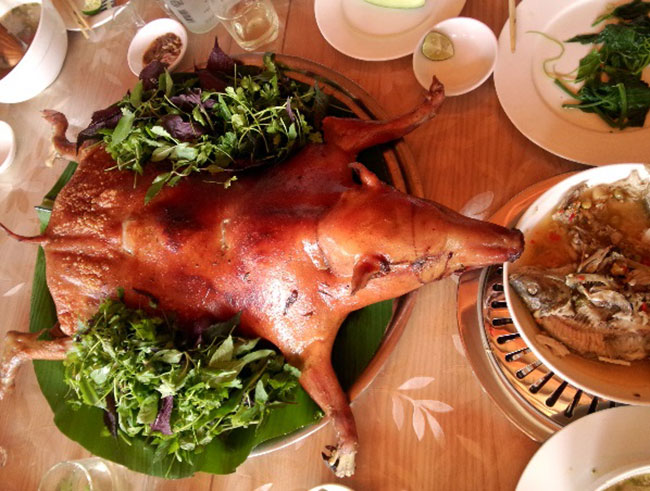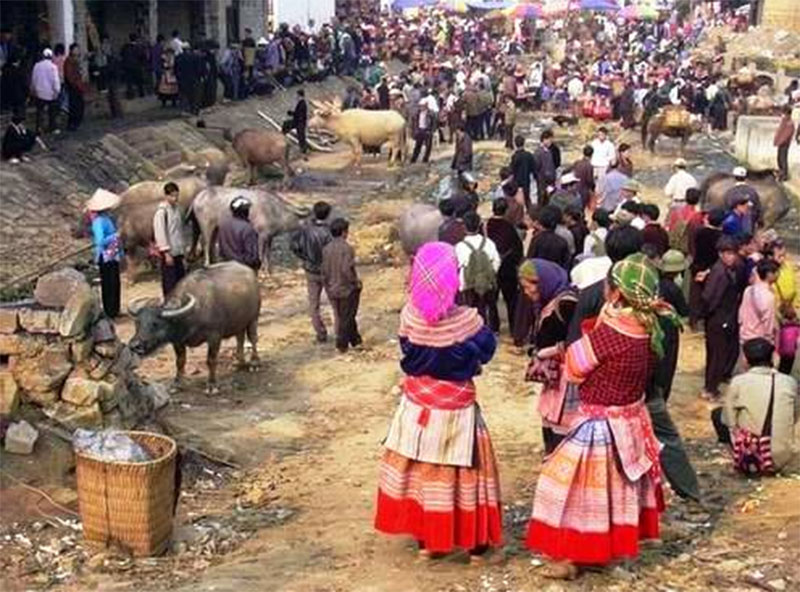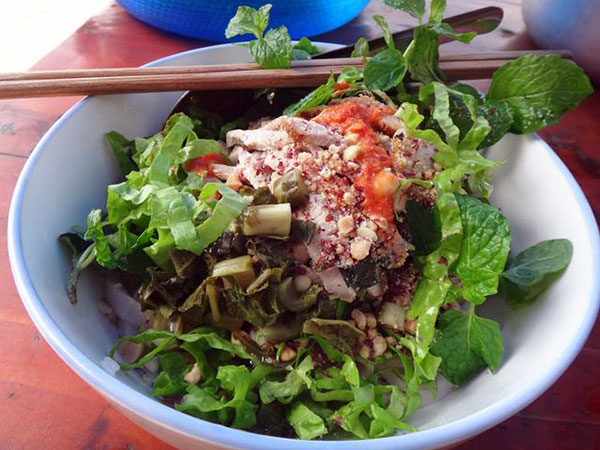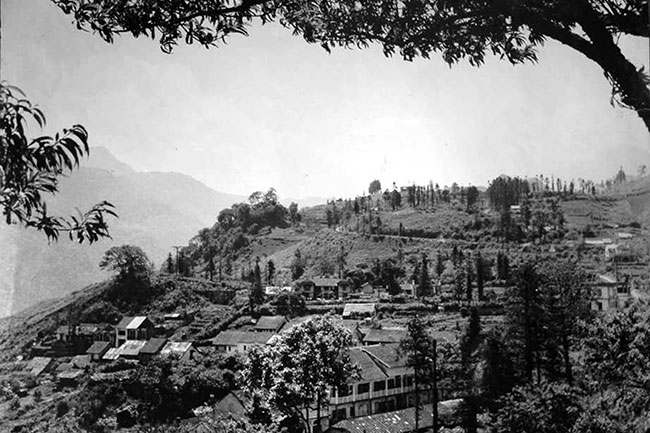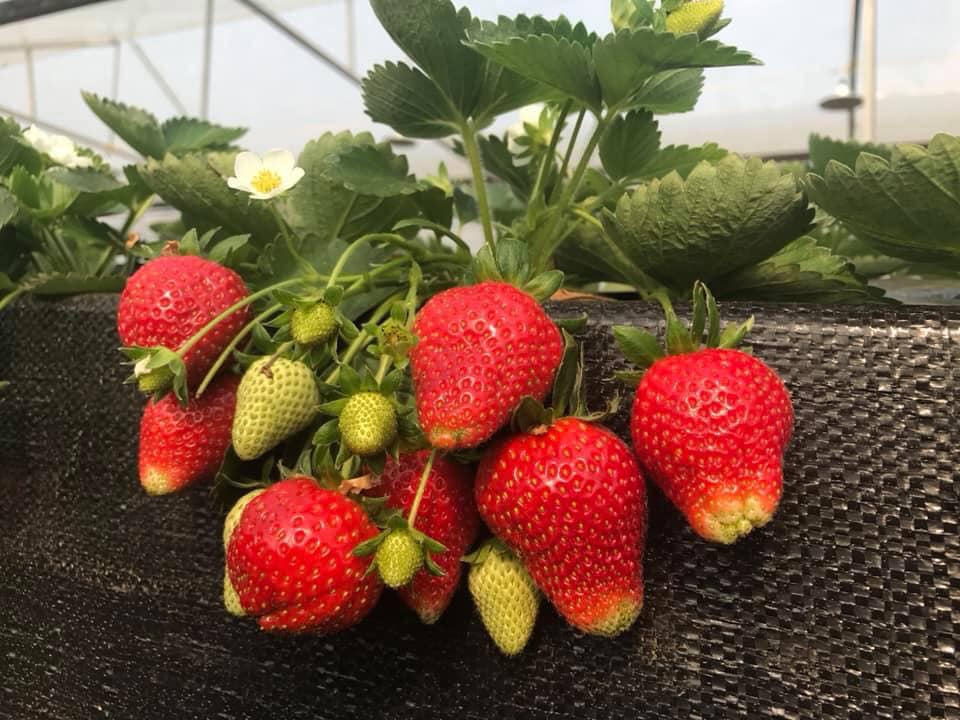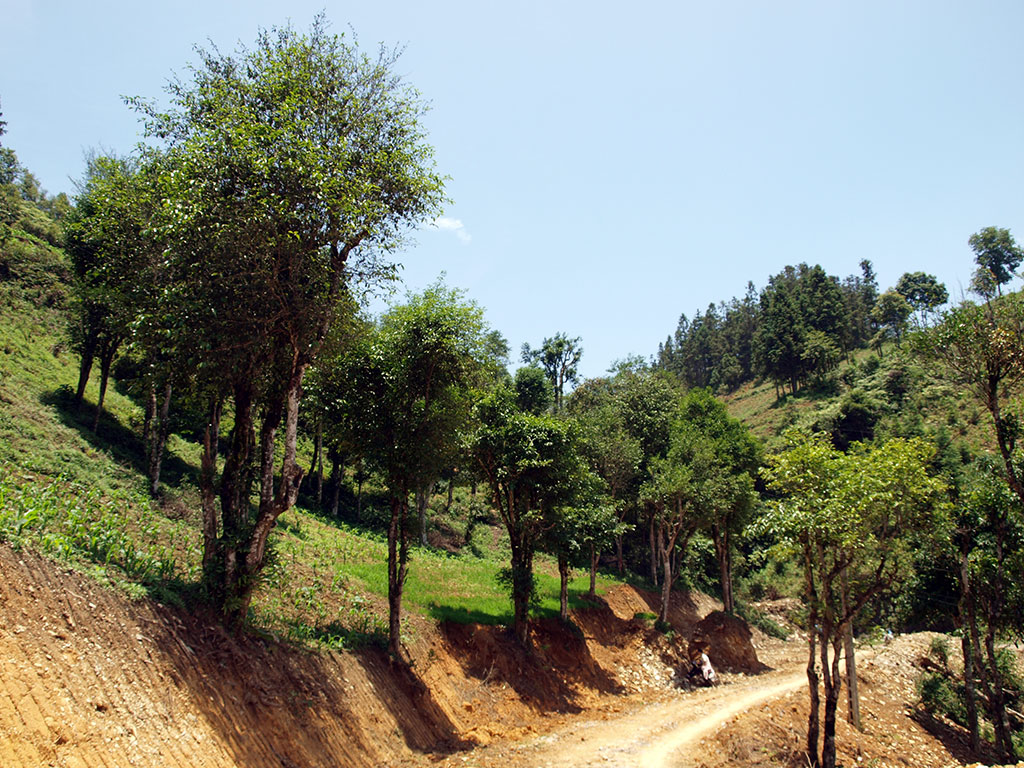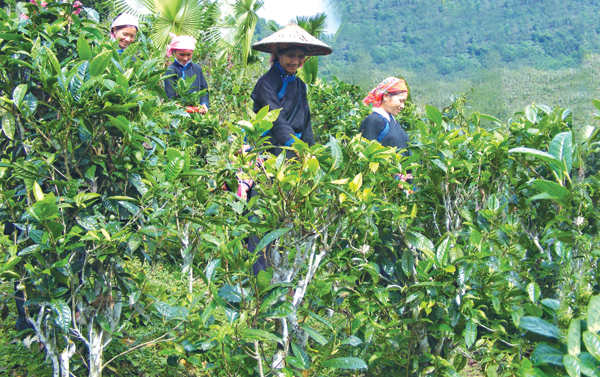The new rice eating ceremony of ethnic minorities in Lao Cai takes place from about August to the end of September of the lunar calendar every year. Each ethnic group will organize a new rice festival according to the time of the season and different regions and ethnic groups. The new rice feast lasts only a few weeks before the official harvest season. Families or village communities often agree to choose a beautiful day at the beginning of the rice harvest as a day to celebrate the New Year of rice to celebrate the harvest, summarize a year of production, and offer the best results of labor to the local communities. deities and pay respects to deceased ancestors.
(The offering tray in the new rice festival)
During the celebration of the new rice meal, each ethnic group will have its own ritual with the Dao ethnic group performing the rice soul procession before a new rice festival day. The oldest woman in the family will go to the countryside with her daughter. When coming to the fields, this woman will go around the rice fields, at each corner she picks a flower, then she goes in the middle and stands facing the rising sun. She planted a symbolic stake in the ground in the middle of the field and tied some of the harvested rice to the stake to keep the soul of the rice in the field. Next, she reaped the rice plants around the stake from left to right and tied them to her daughters to bring home to pound nuggets to offer to their ancestors and enjoy the fruits of a hard year with their children and grandchildren.
Meanwhile, Xa Pho ethnic people perform the ritual to bring home the "rice soul" in the early morning on New Year's Day, the wife (head of the family) will get up earlier than usual, wearing new clothes. Perhaps going out to the fields to harvest rice, they abstain from letting others know and especially abstain from meeting people from the same village on the way. When reaping rice, the right face is turned to the East with the meaning of fertility. Until the next morning, they bring out the cumin of rice to pluck, roast and pound it into rice to cook new rice to worship their ancestors. The tray is presented in two trays, one for the house ghosts is placed at the edge of the door and the other is for heaven and earth on the floor. In addition, they also hang a new set of clothes, towels, jewelry, silver rings... nearby.
(Cutting rice in the new rice festival) photo ST
For the Nung Din (Muong Khuong) people, the process of "spiriting rice" is very early a week before the New Year meal, the woman in the family will go to the rice field to prune the large flowers that are just past the milky level and are about to be seeded, picking about 7- 7 days. 8 cumin rice (bundle of rice) brought to dry, then they separated the 16 largest flowers tied into two bundles and hung on the wall at the two ends of the altar. The rest is pounded (thaw) and then pounded into rice to cook new rice in that new rice festival.
The Giay ethnic people's rites are simpler, before the new rice ceremony, the host visits the fields, chooses the best sticky rice fields to harvest first, depending on the number of people in the family, to pick a large amount of rice. There are different varieties in making nuggets, but usually no less than 10 cum, equivalent to 20kg of young rice roasted and pounded into nuggets. After that, the nuggets will be served with minced pork, scallions, and seeds until they are cooked and presented to the ancestors with delicious packages of sticky rice. Report to the ancestors a year of success and a bountiful harvest.
(Package of sticky rice to offer to ancestors) Giay
Although they all show the same worldview and agricultural beliefs, there are certain differences in the way of organizing, worshiping rituals, and preparing the ceremony tray for each ethnic group. . But they all respectfully offer to report to their ancestors a bountiful year of rice, full of food, and warmth throughout the year.
His metal
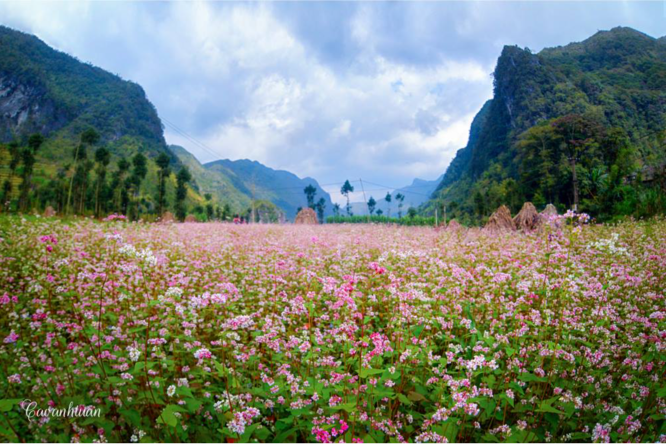
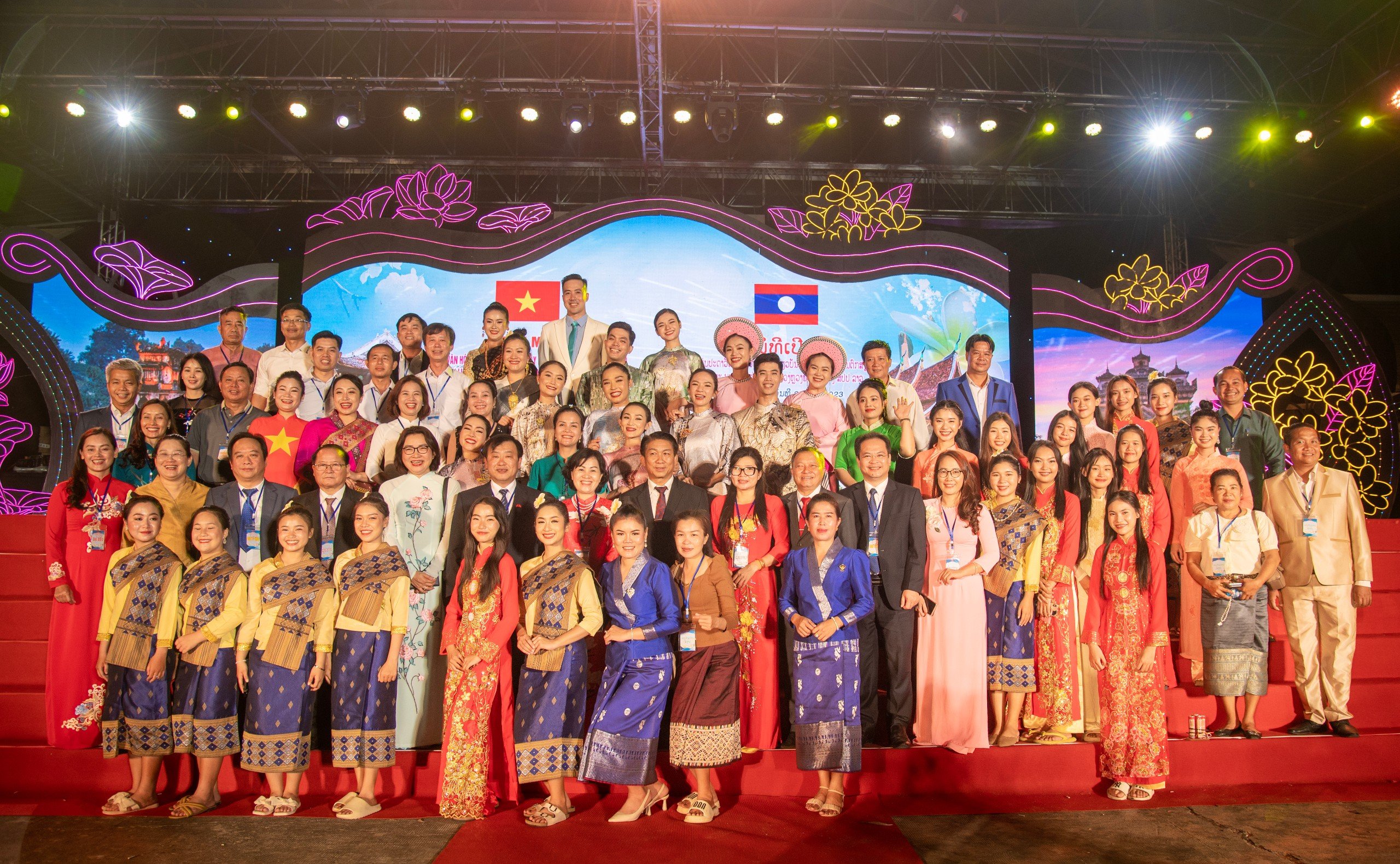
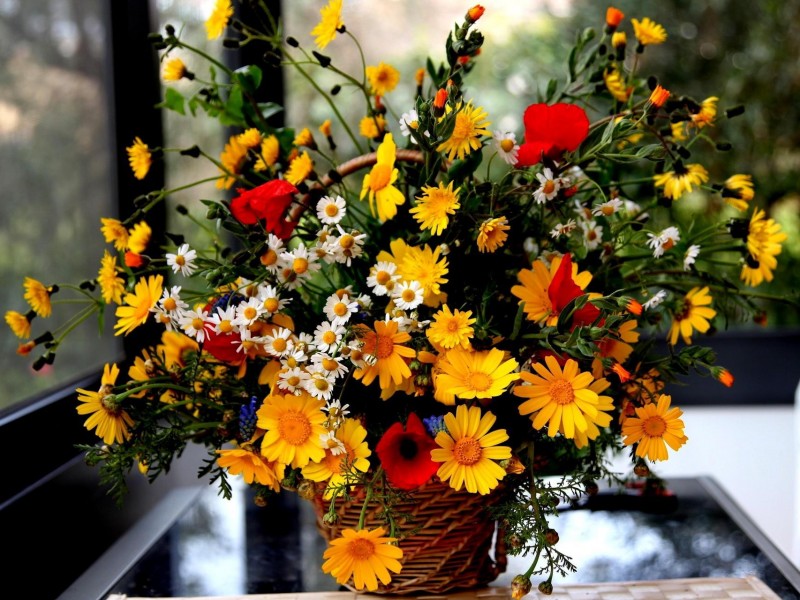
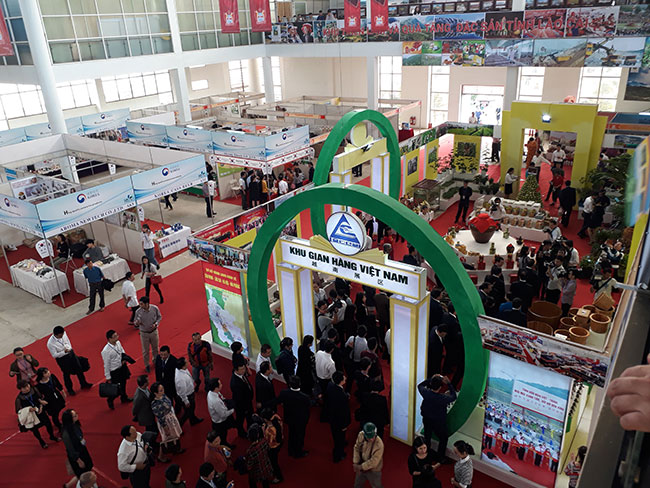
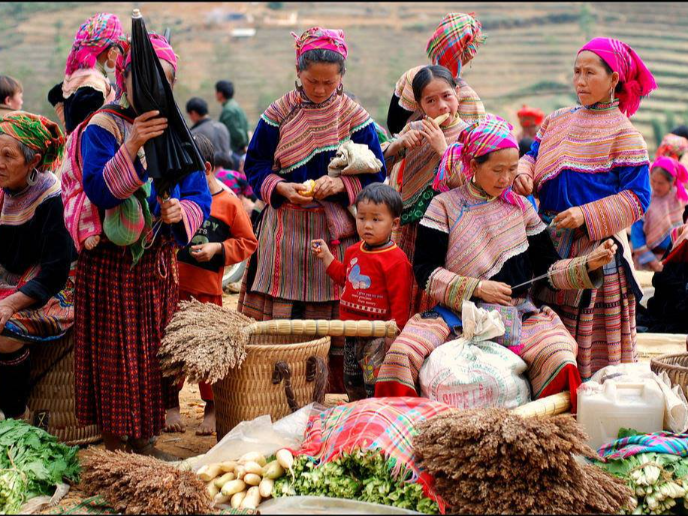
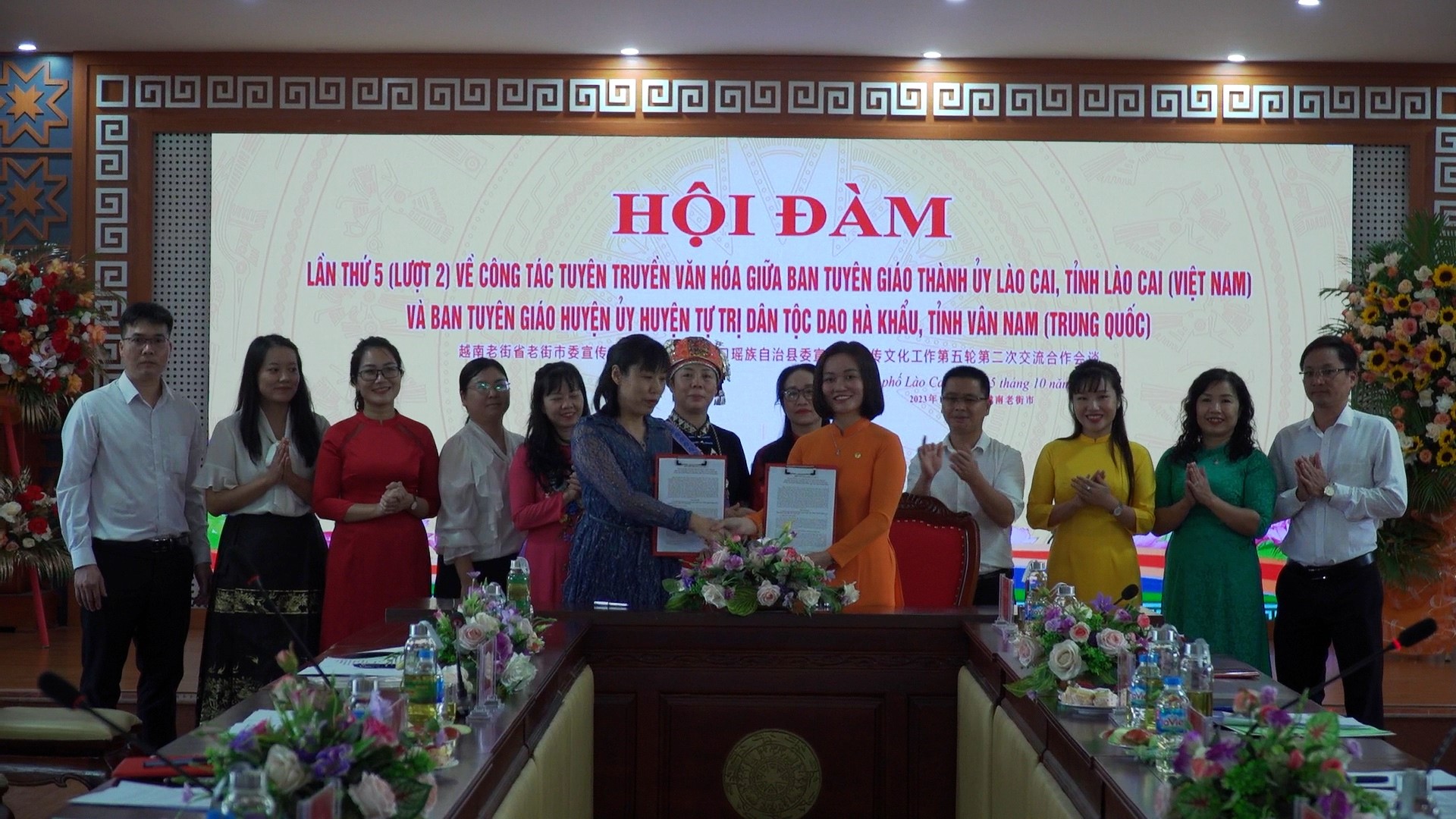
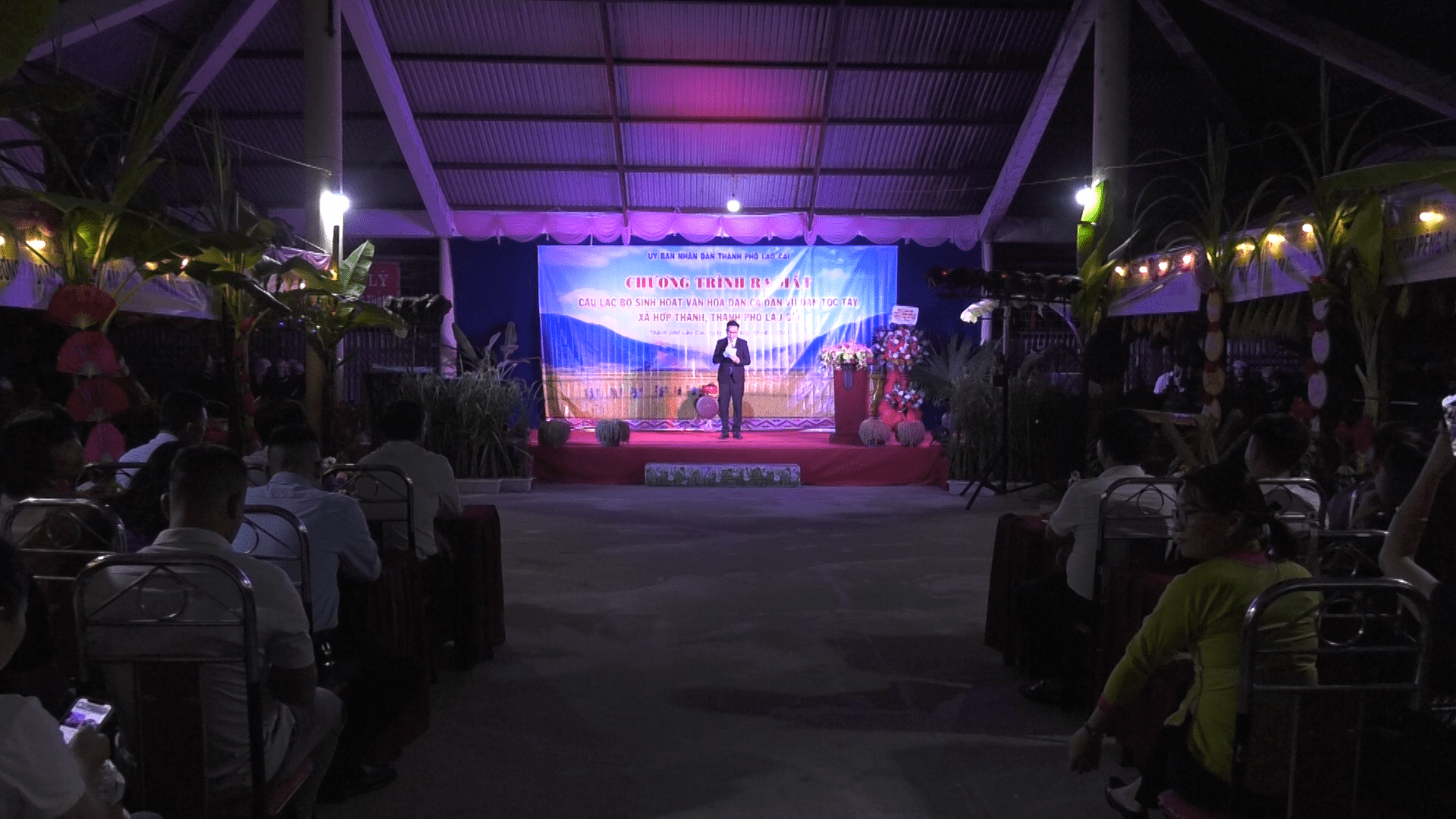
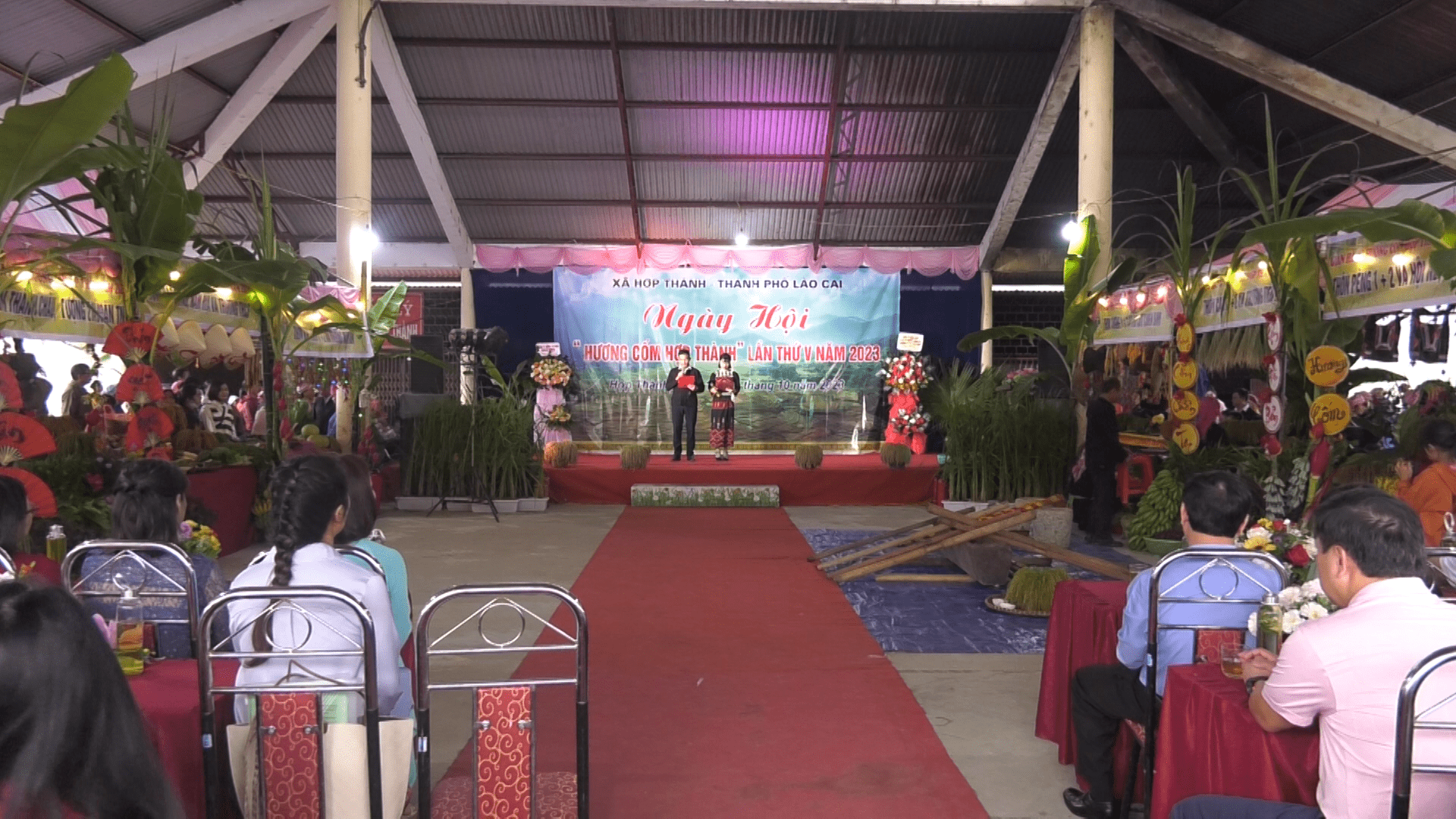


%20v%e1%bb%9bi%20Trung%20Qu%e1%bb%91c/dao-bac-ha_636931637798307905.jpg)
